This is one of the most beloved regions by tourists and artists from all over the world. Provence, located in the southeastern part of France, will give you the charm of its colors, with lavender fields lost in infinity, cobbled streets, and small hills.
Folklore and colorful atmosphere will be combined with the charm and taste of gastronomy. The piers will give you unforgettable views along with nature, which you can enjoy during relaxing walks.
An enchanted, almost fabulous place among villages and blooming fields. Discover Provence and its flavors by visiting the most beautiful places in the French region.
Marseille
A diverse cosmopolitan city, closely connected with the sea. The atmosphere of Marseille will amaze you, starting from the Old Port. Next to the boats, there is a fish market, which attracts people from all over the city. One of the first attractions to visit is Mucem, the only museum entirely dedicated to the civilizations of the Mediterranean basin. A few meters from the hotel is the symbolic area of the city of Le Pagnier. Between the narrow streets and colorful houses, you will find yourself in a multinational corner.
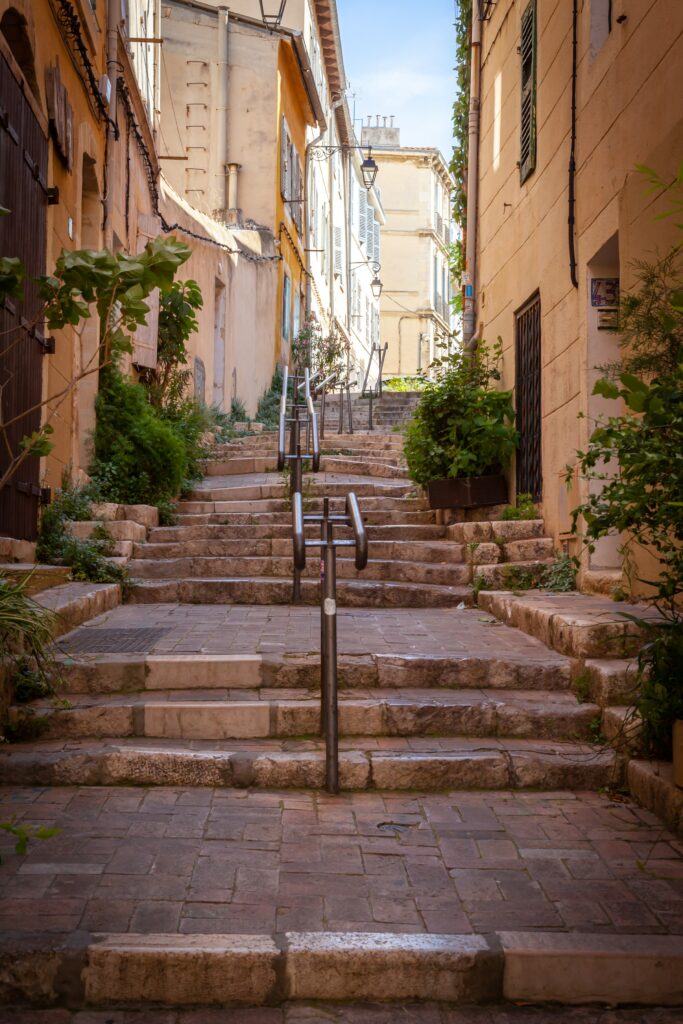
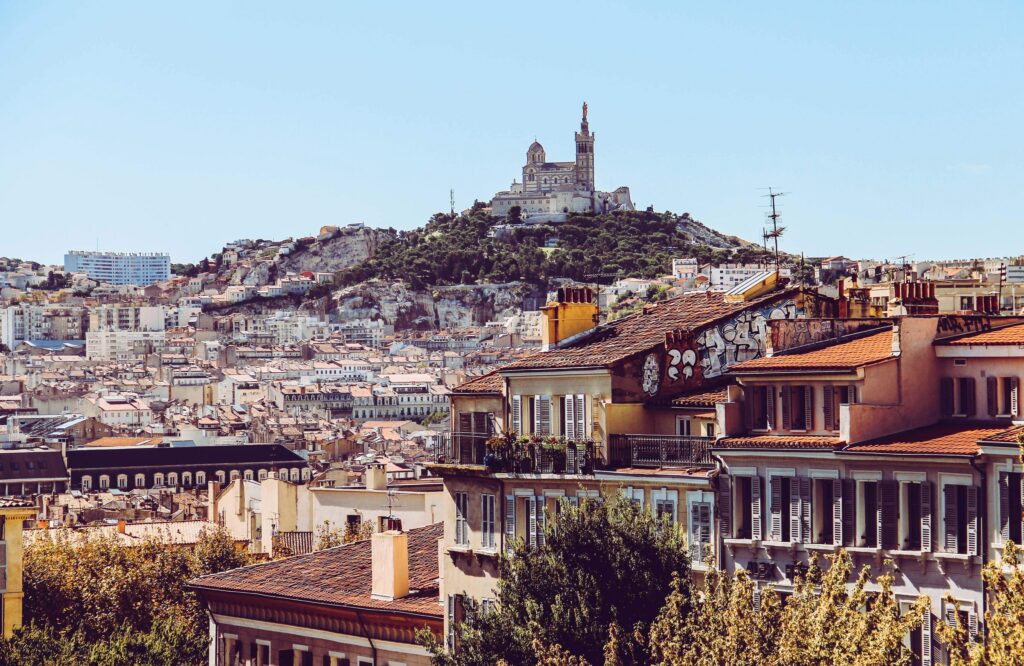
The main street of Marseille contains history and folklore. La Canebire refers to the intensive cultivation of cannabis, from which harnesses and ropes for ships were made. The street was opened in 1666 by Louis XIV. Another stop that cannot be missed is the Corniche, an embankment with a length of about 5 kilometers. For an unforgettable view, you just need to go to the cemetery of the church of Notre Dame de la Garde, at an altitude of 150 meters above sea level. The Prado Seaside Park will offer you 40 hectares of park, playgrounds, and 6 pebble and sandy beaches.
Arles
Arly manages to give you a mixture of his glorious past and a dynamic and sparkling present. The Roman Theater, Arena, and Roman Forum are symbols of the glorious past when the city was the Roman capital and then a cultural center in the Middle Ages. Besides the important story, you will also be able to be impressed by the colors and natural beauty.


It is no coincidence that Van Gogh was fascinated by the charm of the city and painted more than 300 paintings here. Many places inspired him, from Forum Square to Lamartine Square, where he wrote “Yellow House”.
Other sights not to be missed include the church and the Monastery of St. Trofim. The visit begins with a portal that represents the highest expression of Provencal Romanesque art.
In various buildings, different styles, Gothic and Romanesque styles coexist and form an incomparable architectural ensemble. Outside the historic center, you can admire the Abbey of Montmajour. The complex also consists of a church, a monastery, a tower with a magnificent view, a small cemetery, and a chapel.
Aix-en-Provence
The next stop will be the ancient capital of Provence, an exquisite city with majestic palaces, elegant fountains, and avenues with fantastic views. A place rich in atmosphere and offers: Cezanne was born and lived here. And here is the studio where the painter worked. A visit to Aix-en-Provence begins with the Corso Mirabeau, which separates the old part of the city from the more modern one. Your walk will alternate between cafes, restaurants, and noble palaces.



Nearby you can visit the Mazzarino area: the two most important elements are the Hotel de Marignan and the Fountain of the Four Dolphins. The old Town lives mainly at the expense of students who come here to study. The two most characteristic monuments are the Cathedral of the Holy Saviour and the Clock Tower with the Town Hall. The market takes place every day in the neighboring square. The area has a sparkling and creative atmosphere, thanks to the numerous galleries.
Saint-Remy
It will be nice to walk around this city, the birthplace of master chocolatiers and a place of undoubted charm, where such an ambiguous character as Nostradamus was born. Your stay will start in the old town, where you can stroll without haste among the shops, shady streets among plane trees, and squares surrounded by bustling squares. Get lost in the colorful markets and the scent of lavender. One of the main attractions, of course, is the monastery of Saint-Paul-de-Mausoleum, a Romanesque church with an exquisite gallery.

Vincent Van Gogh lived here for a year in the hospital, creating 100 drawings and 143 paintings. Franciscan monks were the first to decide to accept the mentally ill, starting in 1400. This activity continues today. A little less than a kilometer away, you can visit the remains of ancient Glanum, a Celtic-Ligurian city, which then came under Roman rule. The triumphal Arch and the mausoleum remained untouched.
Avignon
Welcome to the City of Popes, its past as a papal residence still has a very strong echo thanks to the monuments. The symbol is the Palazzo de Papi, built in just 20 years. Matteo Giovannetti, an artist of the Giotteschi school, was called to decorate it. Among the places not to be missed are the Consistororo Hall and the Capella Maggiore. Avignon is a city with a rich culture, as evidenced by its museums.
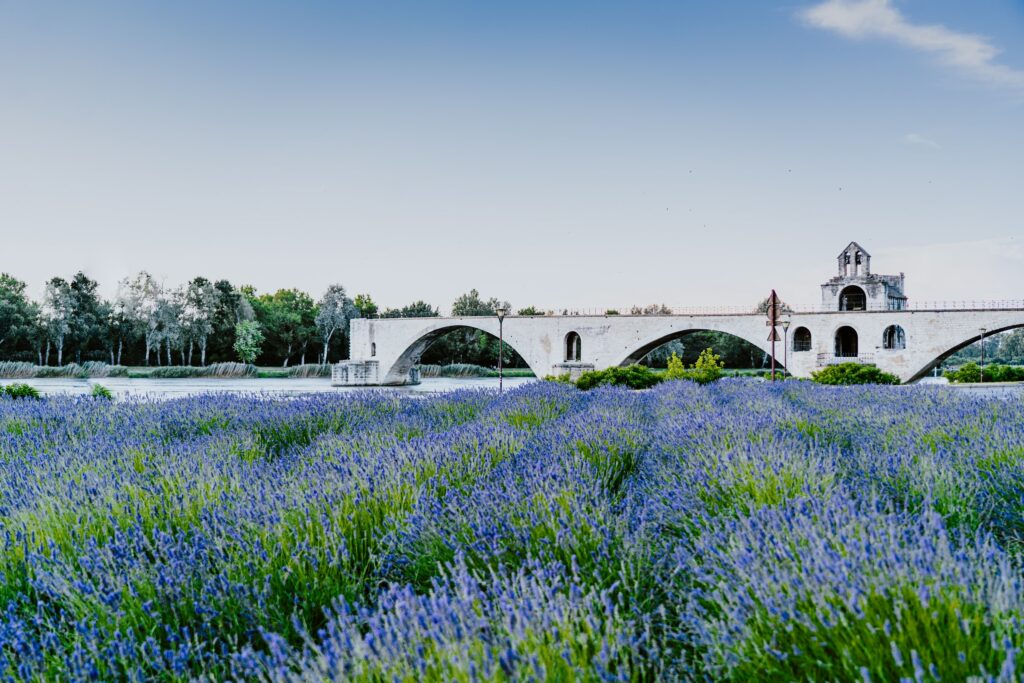

Another gem is the Angladon Museum, which, in addition to the only remaining Vincent Van Gogh painting in Provence, houses works by Manet, Picasso, and Modigliani. The city also offers many surprises. From August to September, the 3D show Luminessences de Avignon, projected on the Palazzo de Papi, is actively working. In July, a festival is organized, which will offer more than 40 shows in historical places and frames that take your breath away.
Orange
We are in the Rhone Valley to discover this magnificent village where you can trace its Roman history. The Ancient Theater and the Arc de Triomphe are two monuments protected by UNESCO. The first owes its fame to the ideal state of preservation. The structure is a pearl of acoustics thanks to niches and columns that absorb sound. More than 9,000 seats, divided by classes, allowed citizens to attend comedies, tragedies, dances, and various shows.

A walking tour of the historical center will complete your stay: tree-lined alleys, squares, and outdoor tables. Don’t miss the Church of Our Lady of Nazareth with its exquisite Romanesque portal. For those who want to get more information about the millennial history of the city, you can visit the Museum of History and Art, which contains two sections: one dedicated to Gallo-Roman finds (except for three land books engraved on marble) and the second on the history of Orange, from prehistoric times to the present day.
Luberon
This is one of the most picturesque corners of Provence: the terrain is clean, and the landscapes alternate between steep slopes, red earth, fragrant lavender fields, lost in sight, and fragrant herbs. Add to all these castles and perched villages. The boundaries are determined by the regional park, which should be opened slowly, respecting nature and its rhythms.

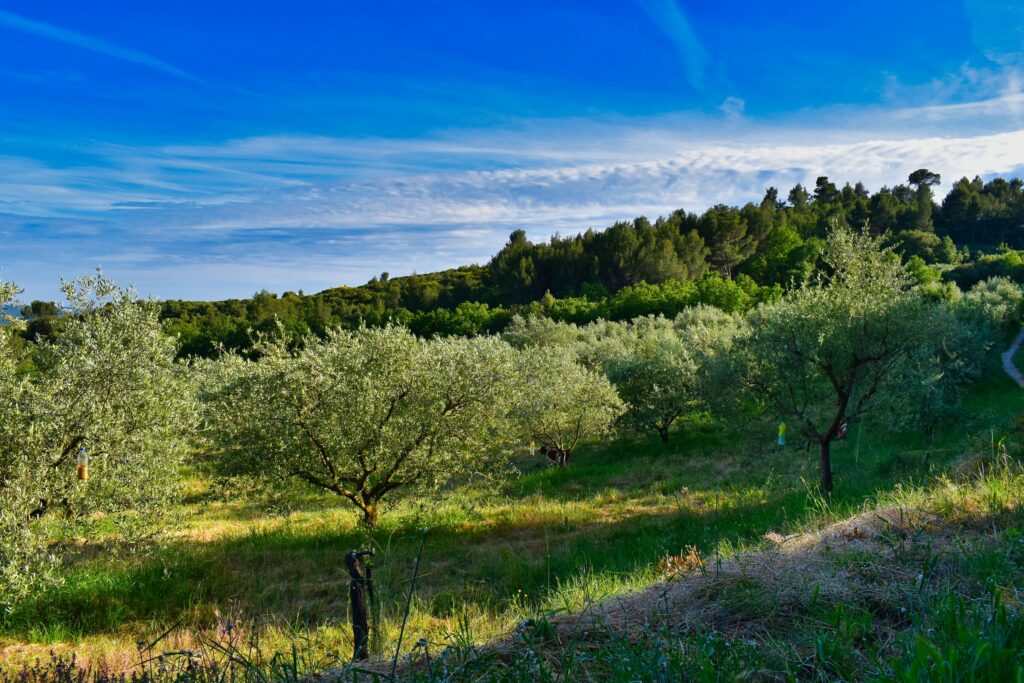
This region can be easily crossed by bike. You will have a green bike path that runs through vineyards and olive groves. One of the most interesting villages is Gordes, thanks to its buildings located on terraces around the village. On the other hand, in Custelle you can discover a Lavender Museum among alembics and perfume bottles. Another charming place, of course, is Lourmarin, famous for its manor house, old town, and small shops.
Saintes-Maries-de-la-Mer
Legend has it that this charming town has been a refuge for Christians who fled Palestine for centuries. Among them is the maid Sarah, to whom the main church of the city is dedicated. For many years, the religious building was also a watchtower to protect residents from Saracen attacks. This place seems almost torn from the artist’s pencil. A small network of white houses spread out around the church, a promenade surrounded by the wind, and beautiful beaches with white sand.

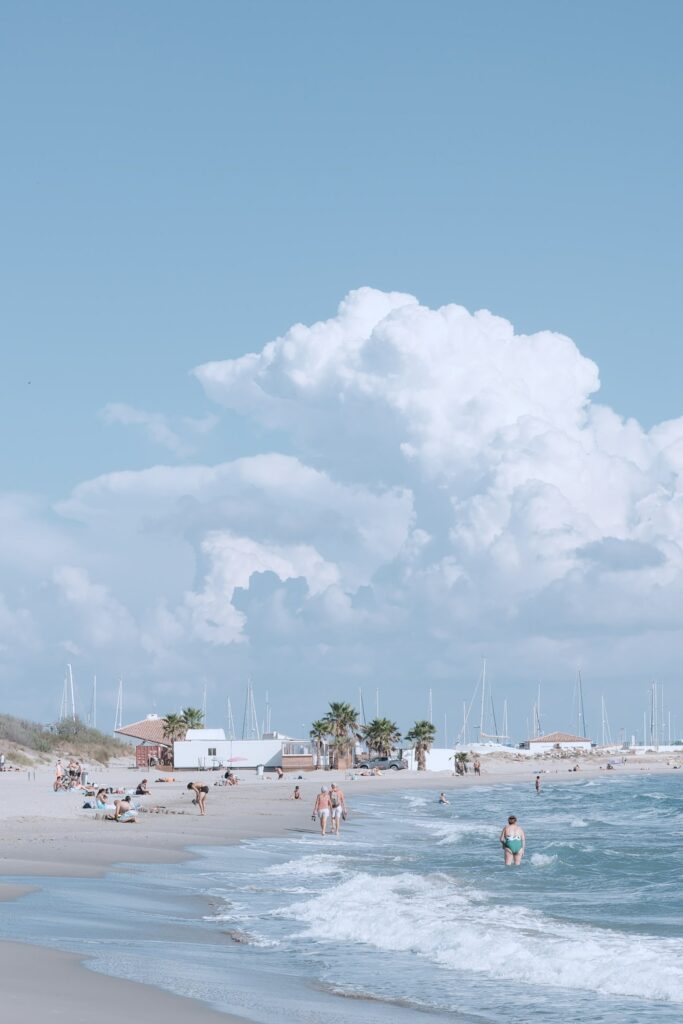
The city is especially famous for the traditional holiday of the Gypsies, who arrive in thousands on May 24 and 25 for a pilgrimage dedicated to Saint Sarah. The statue is brought to the sea for blessing. The whole city comes alive with parties, collective games, and banquets. In order not to lose the charm of folklore, you can walk twice a week through the colorful Provencal market among fruits and vegetables, handmade products, hats, and ceramics.
Les Baux de Provence
South of Avignon stands this beautiful village, on a rocky spur between two ledges. The ruins of the castle and several uninhabited houses will also enchant you. It was Cardinal Richelieu who ordered it to be dismantled in the 17th century. The best-preserved part of the entire building is the rectangular prison and its adjacent premises. An extraordinary panorama opens from the territory of the estate, including forests, neighboring villages, and even the sea.


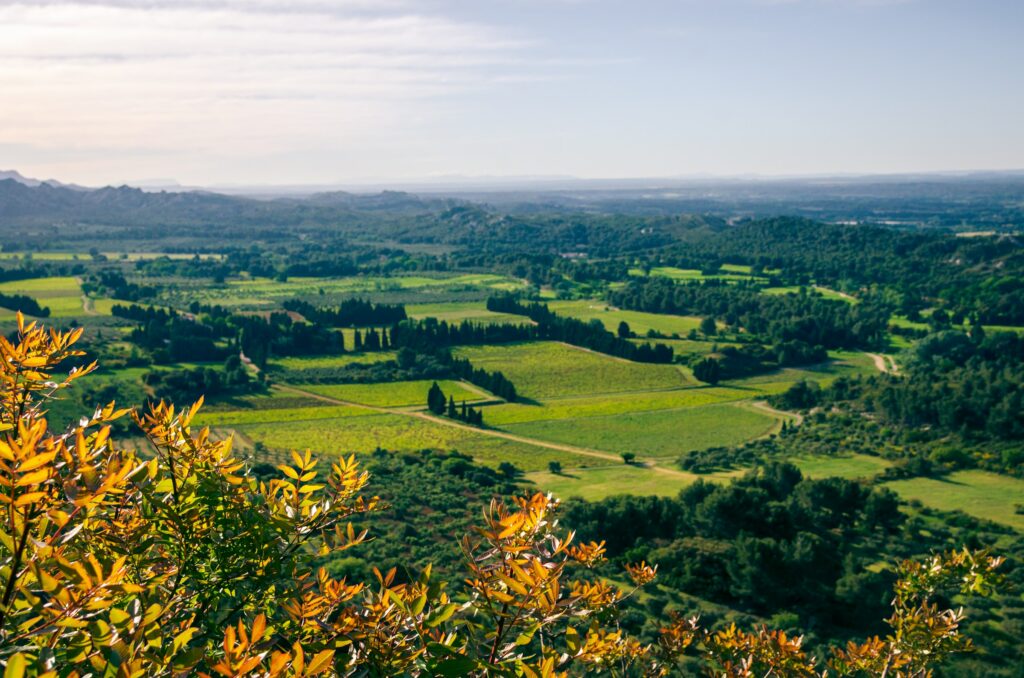
Among the treasures that should not be missed is, of course, the Church of St. Vincent, a religious structure partially carved into the rock, dating back to 1100 and built in the Romanesque style. Very prestigious is the Chapel of St. Blasius, built in the Romanesque style. There is an exhibition of medieval weapons that cannot be missed, thanks to which you can visit three giant catapults that are still working, which throw stones at a distance of up to 200 meters.
Salon de Provence
Imagine a colorful countryside dominated by olive groves: here you will also find the grave of Nostradamus, the greatest astrologer, and prophet of all time, who spent most of his life here (although he was born in Saint-Remy). Here he wrote all his works (Almanacs and Prophecies), the originals of which you can admire. On the hill stands the old town, and at the foot of the stretch of modern areas, separated by tree-lined avenues.

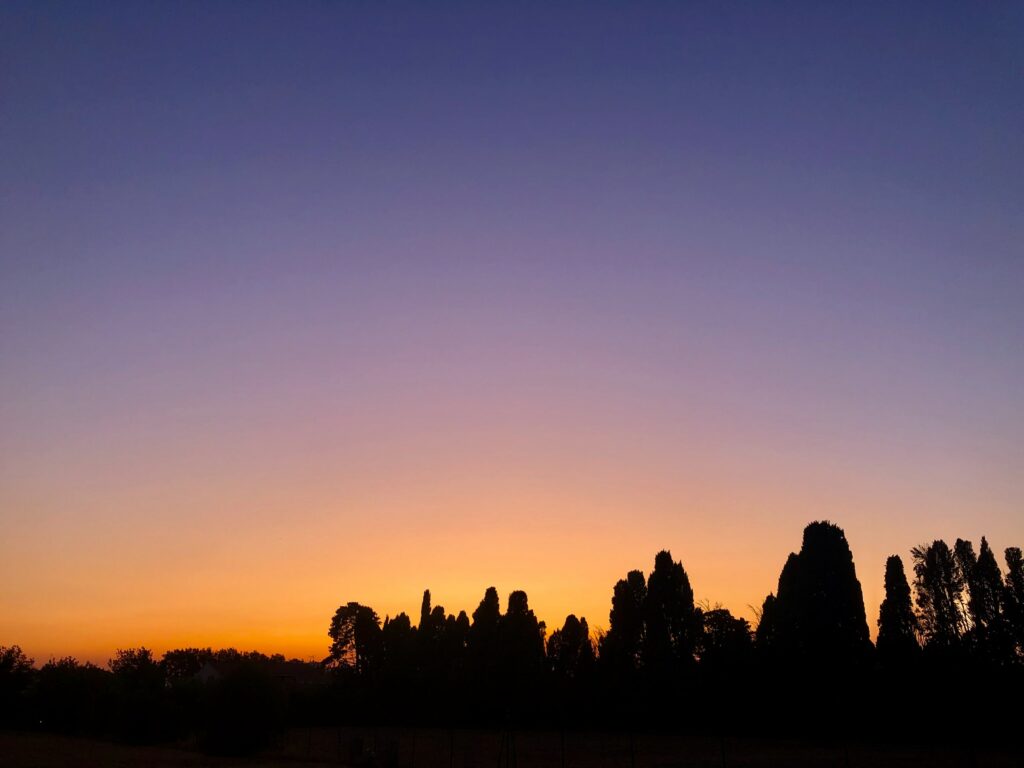
Walking among greenery and perfumes, you will find many laboratories and shops. The salon is known for its olive oil, which is also used to make the famous Marseille soap. There are many soap factories to visit. Other attractions include Empire Castle, an estate built in the upper part of the city. Inside, it is worth visiting the museum (which contains weapons, clothing, and military equipment) and the chapel of Santa Caterina.
Martigues
A charming fishing village that managed to save its soul. Defined as the “Venice of Provence”, it will amaze you with the beauty of its canals and small islands, especially around the San Sebastian Canal, where the Church of Santa Maddalena stands with a Corinthian facade, and its interior is dominated by an impressive organ.

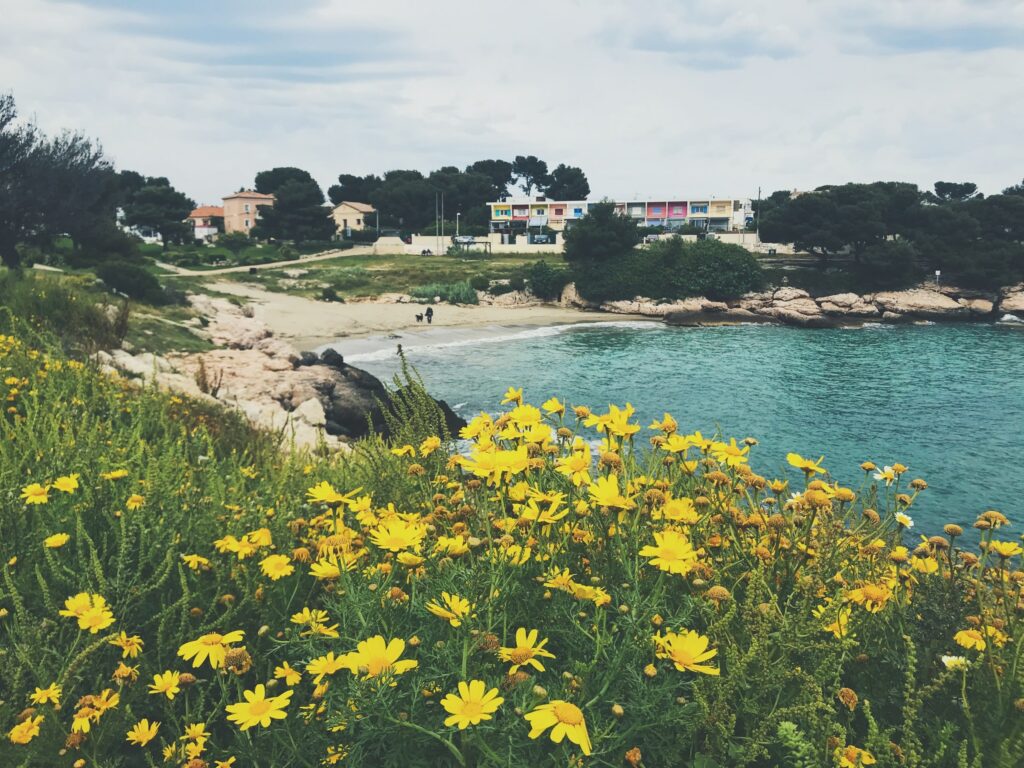
One of the most characteristic places, of course, is the Charon Canal, full of boats waiting for summer. Martigues is also the starting point for excursions along the Marseille coast. Here you can also discover typical dishes, starting with argues, Provencal caviar, which is a mixture of salted and dried mullets and eggs, as well as anchovies with fennel (meet).
Pont du Gard
We are moving between Avignon and Nimes to visit one of the most important monuments in all of France. The Pont du Gard is an incredible piece of engineering that testifies to the greatness of the Romans. It became part of UNESCO Heritage in 1985, and today it is one of those stops that cannot be missed, and its profile is also depicted on 5 euro banknotes. The structure is very well preserved, despite its more than 2000-year history, and was part of the Roman aqueduct. Its usefulness was to supply resorts, baths, city fountains, and rich residences.


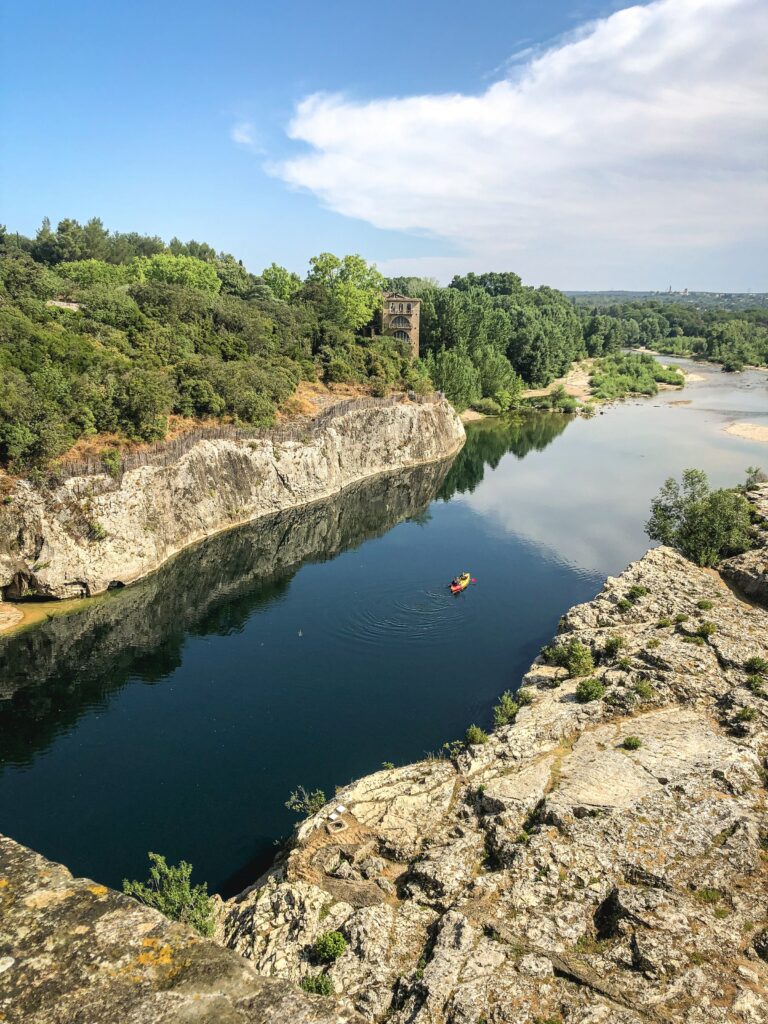
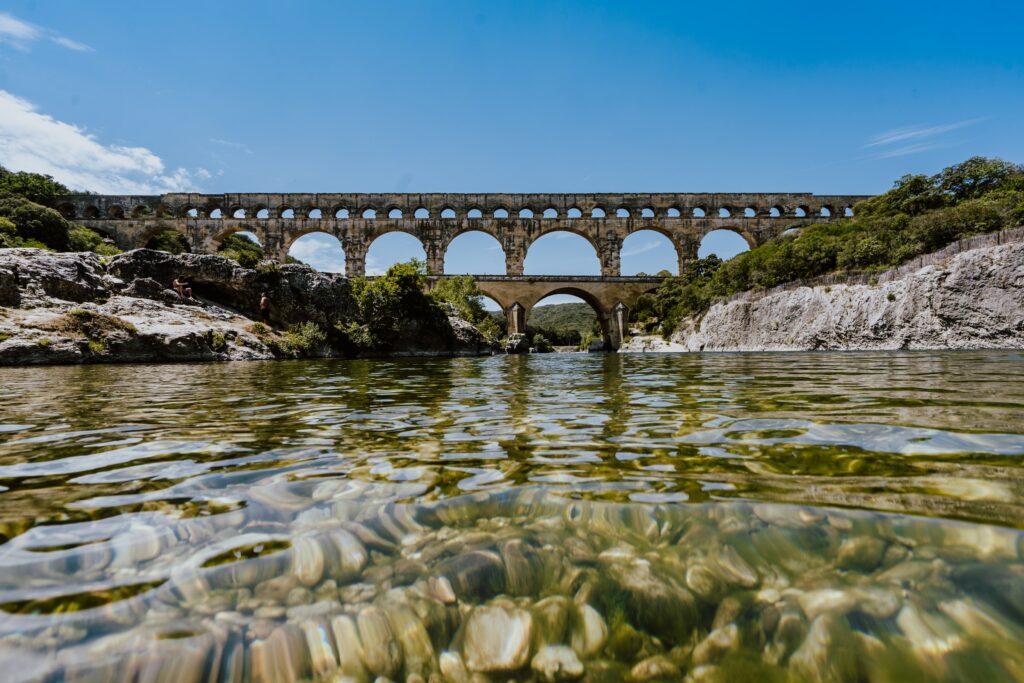
It took thousands of people to build it, and the work lasted more than 30 years: the Pont du Gard is spread over three floors with arches built of stone blocks weighing more than 6 tons, which the Romans extracted from quarries near the river. It is inserted into a naturalistic context that stretches over 165 hectares and includes a river and a forest of century-old olive trees and stone oaks. Trekking and rowing can be enjoyed in the area.










